23 Things to know about Southeast Asia
So you’re in the midst of planning your first trip to Southeast Asia? You’re going to have a blast trying out the street food, riding scooters past lush green rice fields, exploring intricate temples, and coming face to face with the local wildlife.
To help prepare you for your journey across Southeast Asia, here’s my guide on things you should know before you go.
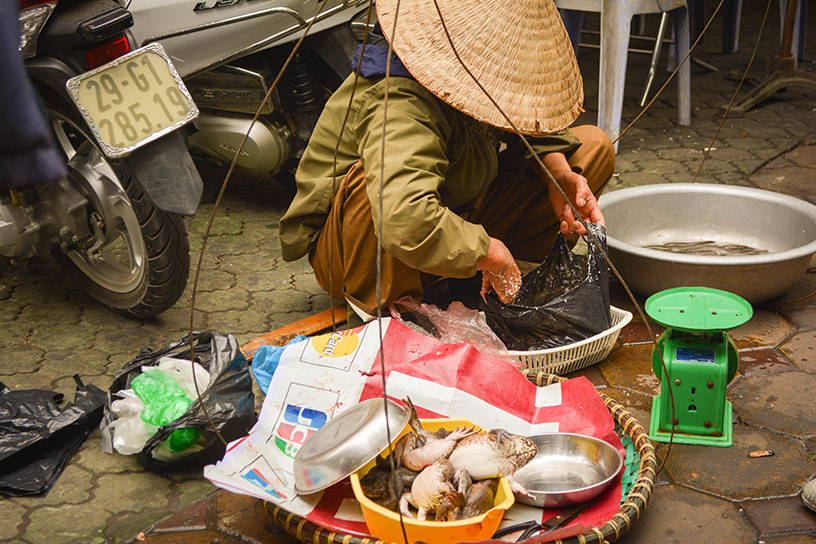
1. Squat toilets are common and you’ll need to bring your own toilet paper
Let’s get right down to business – we all have to use them so best to come prepared. You’re likely to find only squat toilets in train and bus stations, and often in some shopping centres and tourist attractions. Sometimes there may be a Western toilet in one of the cubicles. You’re unlikely to ever find toilet paper so make sure you have toilet paper or tissues on hand – and some hand sanitiser. Public toilets can get pretty nasty at times and there’s not always a place to wash your hands.
2. It’s a cash economy
You’ll always need to carry cash in Southeast Asia. You’ll hardly ever pay for anything using your card, and if payment by card does happen to be accepted at a hotel or for a tour, you’ll likely be charged a 3% fee on the total price. Cash is always preferred though. You’ll need plenty of small bills too. Things are cheap in Southeast Asia so bills equivalent to $1, $2 or $5 will come in very handy. You’ll notice the denominations are quite high too – for example 10,000 Vietnamese Dong is less than 50 cents. You hardly ever see coins in Southeast Asian countries.
3. Buses usually leave when they are full
Plan for public buses on a schedule to run at least an hour late. But it’s pretty unlikely there’s any schedule. Many of the buses in Southeast Asia will simply leave when they’re full and pick up people along the way. I found this to be particularly common in Indonesia. So add at least an hour to any bus ride, sit back and enjoy the scenery.
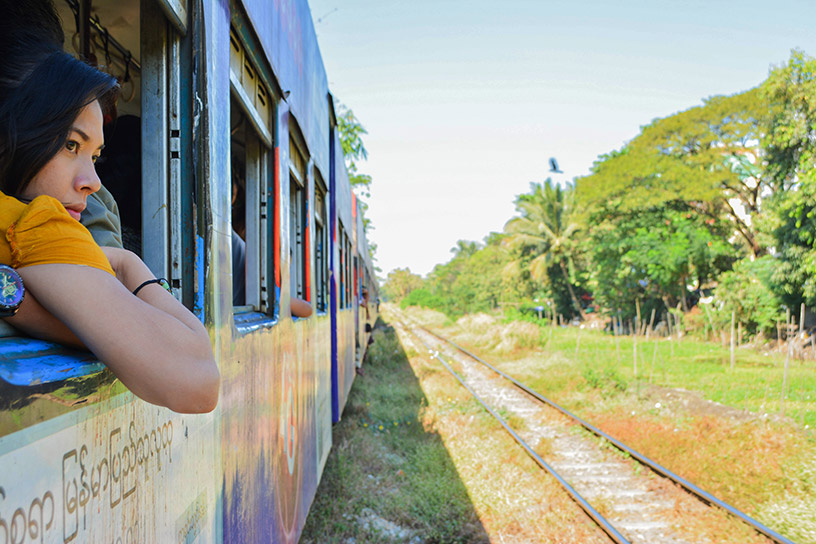
4. You may not get a seat on the bus or train
On the public transport topic, public commuter buses will often be sweaty hotboxes and you may have to stand or you’ll be forced to get up close and personal with the passengers next to you. There’s no such thing as personal space in Southeast Asia. ‘Luxury’ buses mean the buses are equipped with air conditioning but it won’t necessarily work. If you really want a seat, get on the bus where it starts, such as the bus station, rather than hailing it on the street.
Don’t be afraid to take the local bus or train! It’s a great way to travel to see a little slice of local life – and very cheap. Some of my best travel stories are from taking a local bus. Just keep a close eye on your valuables.
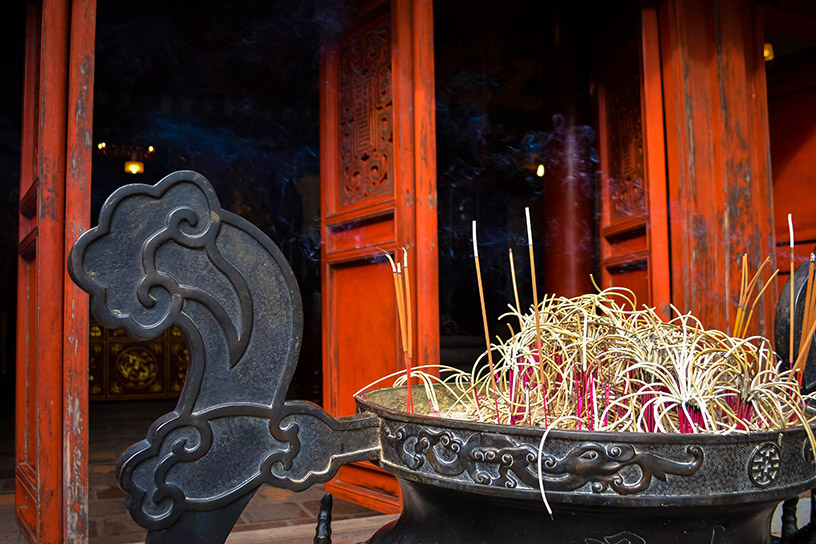
5. Be wary of scams
Scams are everywhere across the world but I came across them more in Asia than anywhere else I’ve travelled. The most common one I got is from taxi drivers telling me the train or bus I was headed for didn’t run that day or I would have to wait a long time for the next one.
Be prepared by researching public transport options beforehand if possible. I also often got people telling me that popular attractions closed at lunchtime or at the time I was visiting, and tried to take me to a gallery or shop. This was particularly common in Indonesia.
You may also come across money scams. Always check your change at shops and also double check what you get back from money changers.
6. Southeast Asia is humid, really humid
You’ll likely be drenched in sweat from head to toe in about two minutes every time you step outside. Pack light cotton clothing, and clothes that can be easily hand washed. Leave your expensive and dry clean only clothes at home.
7. Don’t forget to pack a hat and sunscreen
Don’t forget to bring a hat and sunscreen in Southeast Asia and cover up as much as possible. That sun can be brutal at any time of year.
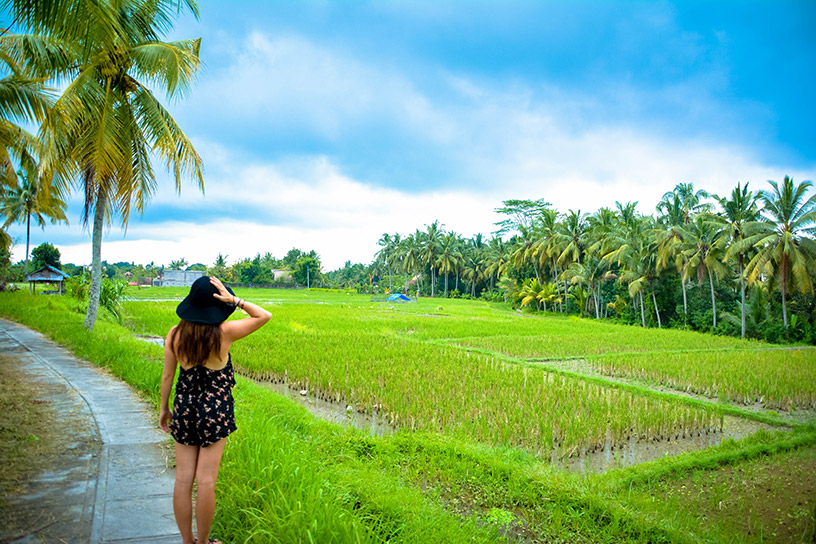
8. Be prepared for torrential downpours in the wet season
Every afternoon about 3pm, the skies would open over Indonesia and I’d be drenched from head to toe in seconds. A rain jacket didn’t prove much help but I’m glad I had a waterproof backpack cover to protect my camera.
9. US dollars will come in handy
You will constantly be changing currencies in Southeast Asia. From Dong, to Kip, to Rupiah – and it can be really confusing. Make sure you have a currency converter on your phone to figure out what to withdraw from ATMs and figure out how much everything is worth.
It’s useful to always carry US dollars or Euros on you as these are easy to change in case you can’t find an ATM when you arrive in a country. Some Southeast Asian countries have visa on arrival schemes in place. It’s best to have US dollars on hand to pay for your visa.
10. Change your money before you leave a country
Some of the currencies in Southeast Asian countries are quite weak and their money can be hard to exchange when you move on. Your best bet is to change any leftover currency at the end of your stay into US dollars. This is particularly true for places like Laos and Myanmar.
11. Insect repellent is essential
Insect repellent is a must to ward off mosquitoes. In many areas of Asia such as coastal parts of Indonesia, you’ll also want accommodation with mosquito nets over your bedding - especially if there’s any unscreened areas in your room. Insect screens are not really a thing in Asia.
Some parts of Asia have malaria so consider bringing anti-malarial tablets with you –do your research. You need to start taking anti-malarial tablets a couple of days before arriving in the malaria area and a couple of weeks after you leave.
12. You can’t drink the water
You can’t drink the tap water in Southeast Asia. Also don’t brush your teeth with it. Bottled water is readily available from convenience stores. Aim to buy bottles that have a plastic seal around the lid. Better yet, be environmentally friendly and bring water purification tablets with you. Add one tablet per one litre of water and wait half an hour before drinking.
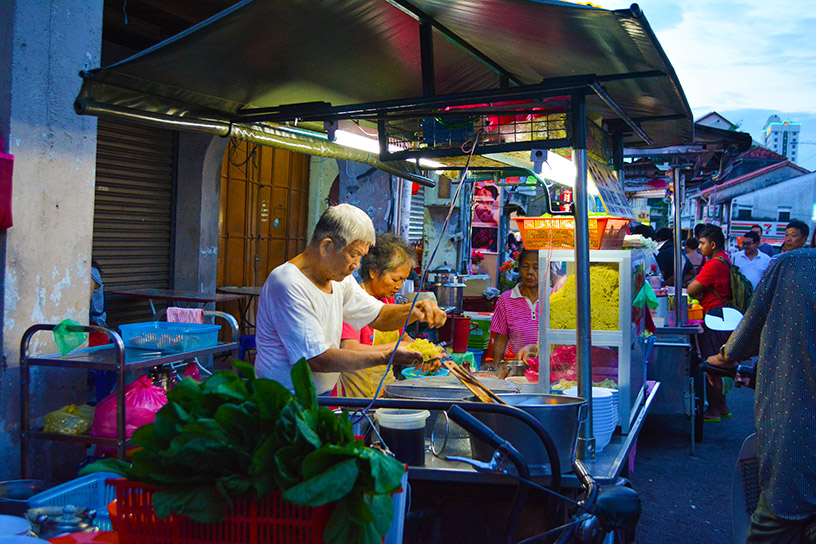
13. You can eat the street food – just be careful.
Street food is very common throughout Southeast Asia and it’s super cheap and delicious. You’re best off buying street food that’s cooked in front of you. Avoid cut fruit, and unless you have a strong stomach, also avoid fresh juices as vendors will often use local water to mix it.
Many major Southeast Asian cities host night markets – which are usually a great place to pick up some souvenirs and also street food. You will also have the opportunity to try the local food while travelling on local buses or trains. Vendors regularly hop onto buses and trains peddling anything from fruit to samosas.
14. Take your shoes off at temples and dress appropriately
Be respectful at any temples you visit across Southeast Asia. That means taking off your shoes is a must. You’ll also find most temples will need you to cover your shoulders and knees – both guys and girls. So no singlets – and ladies, a long skirt is preferred over pants and you should at least have your shoulders covered, although it’s better to cover up to your elbow.
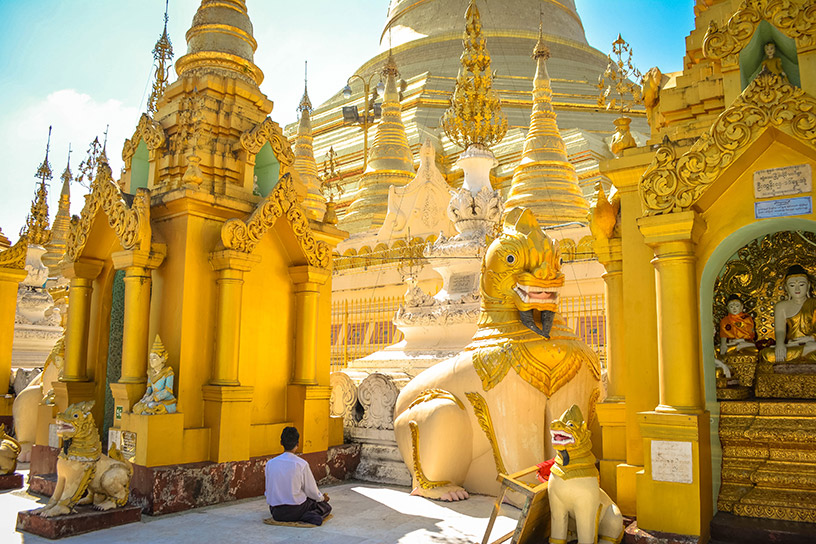
15. You’ll need to learn how to barter
Bartering is expected in places like markets throughout Southeast Asia so don’t be afraid to bargain on the price. Ask for the vendor’s best price and then start haggling. If they’re not coming to the party, they probably will once you start walking away.
16. The people are some of the friendliest I’ve met
I met some lovely locals through Southeast Asia – from the staff in my hostel to people who met me out and about and were curious about where I was from. Once I had a tour bus driver rescue me from a torrential downpour in Indonesia and introduce me to all his passengers. He then bought me lunch and refused any offer to let me pay, and then dropped me off outside my hostel!
Some locals are also keen to talk to you to practice their English. If you get the opportunity, take half an hour out of your day to have a conversation with a local to help them with their English and learn about their country.
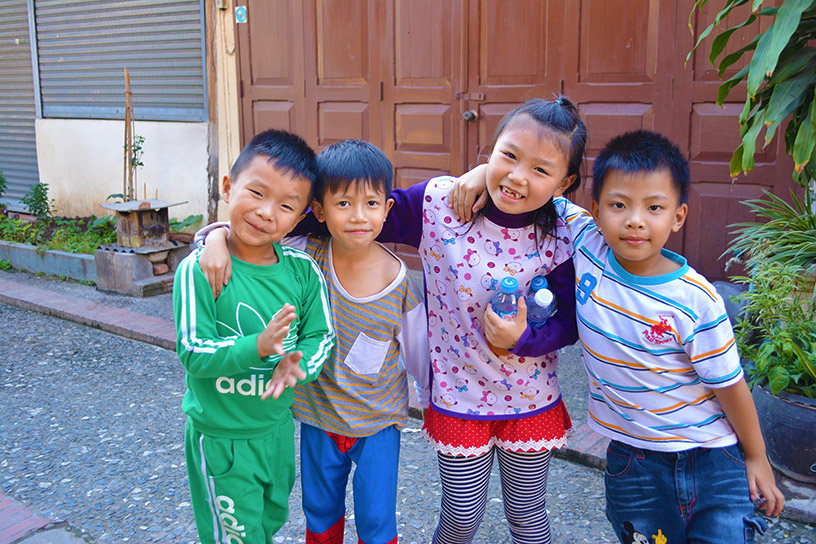
17. Get used to selfies with locals
In some parts of Southeast Asia such as the Indonesian island of Java, the locals don’t see foreigners much so you may be asked for a selfie with the locals – or people may even start taking photos of you like you’re a celebrity. Most of this is harmless and the locals are genuinely excited to meet a foreigner - but beware of your personal possessions at all times – and also that once you pose for one photo, you may get a number of requests from other locals around you.
18. Tuk tuks and motorbike taxis are a great way to get around
If you only need to go a few kilometres down the road, then tuk tuks are your best friend. The price is totally negotiable. It’s also pretty easy to get a motorbike taxi – even if you have luggage. But make sure you wear a helmet. You can usually get a good idea on prices for tuk tuks from your accommodation so you know when their prices are too high.
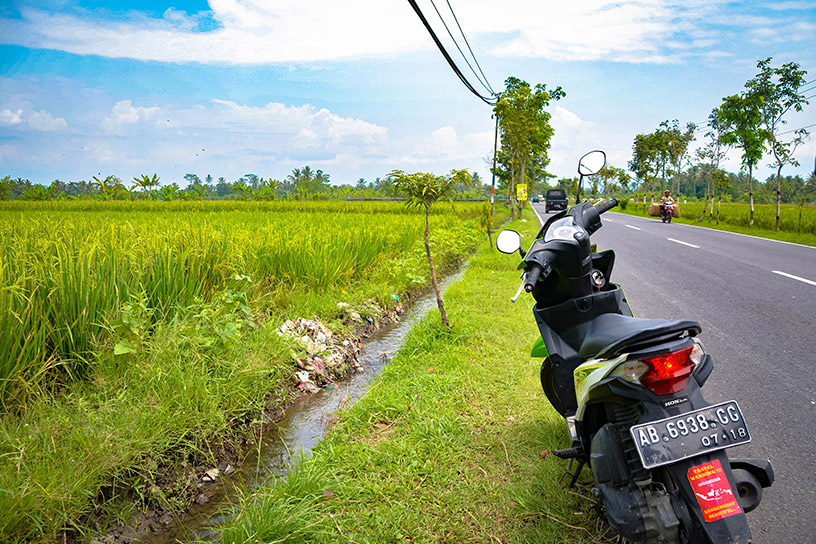
19. The traffic is chaotic – and traffic lights are often ignored
Simply crossing the street can be an adventure in Southeast Asia as you weave your way across lanes of motorbikes. Vietnam was definitely the most hectic place I encountered in Southeast Asia. Basically the trick is you have to learn to weave through the traffic. The motorbikes rarely stop for traffic lights!
20. Some monkeys are just plain scary
Sometimes the monkeys you encounter in Southeast Asia will not be cute, but vicious and scary. Do not eat food or take it out of your bag around any wild monkeys as they can turn aggressive and steal your food.
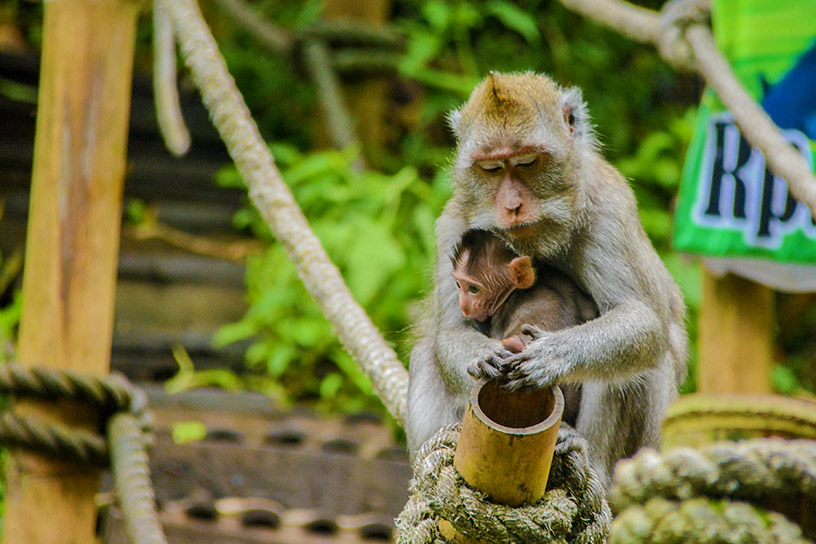
21. Beware the really fast taxi meter
I discovered this one in Vietnam – the taxi meter that seems to go up really fast even though you’ve hardly gone anywhere. Aim to set a price before you go – and show the taxi driver you know the way by using something like the Maps.me app on your phone. If you find the meter is going up too fast, ask the driver to stop and get out. There’s plenty of taxi drivers out there – it’s not hard to find one and hopefully the next one won’t be so shady.
22. You will be heckled outside the airport – so have an exit strategy
As soon as you set foot into the arrivals area you will be set upon by taxi drivers wanting your money. If you really want a taxi, make sure you go to the official taxi rank or many airports have a taxi desk where you can prepay your fare. In many Southeast Asian countries, key destinations have a set price at the airport. If you don’t want a taxi, avoid eye contact and keep walking. You should have a plan of how you’re getting from the airport to your accommodation such as by public bus or transfer, so know where you need to go before you reach the arrivals hall.
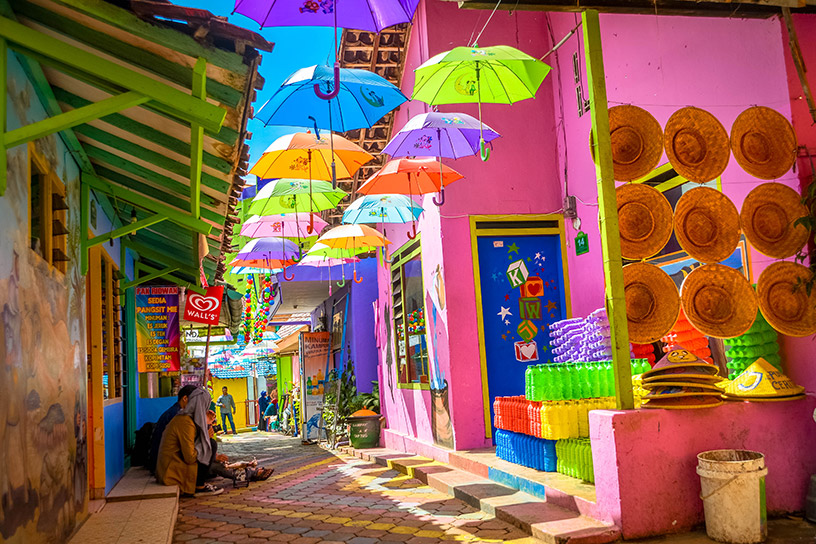
23. Don’t sweat the small stuff
Buses will run late, flights will be delayed, food poisoning is highly likely, and lots of little things will go wrong in Southeast Asia. The main thing is you’re safe and you have your passport and trust me, you will manage to get through everything else. If things go wrong, ride it out, don’t stress too much and just call it an adventure.
Lisa Owen is a pint-sized Australian following her dreams to travel to as many places as she can, and loves to share her photography, travel hacks, hiking adventures, and food discoveries along the way. At last count, she has travelled to more than 60 countries in between working in public relations and discovering hidden gems in Australia's great outdoors. Instagram: @thelittleadventurer. Facebook: The Little Adventurer Australia.
Planning a trip?
Discover Our COVID-19 Cover
To find out what our current* benefits do – and don’t – cover, please read:
Plus, for helpful destination-based COVID-19 information, don't forget to check the COVID-19 Travel Risk Tool before and during travel.
*The cover information contained on the above pages refers to Cover-More policies sold on or after 26 June 2023. For cover information on policies sold prior to this date, please read the relevant PDS.